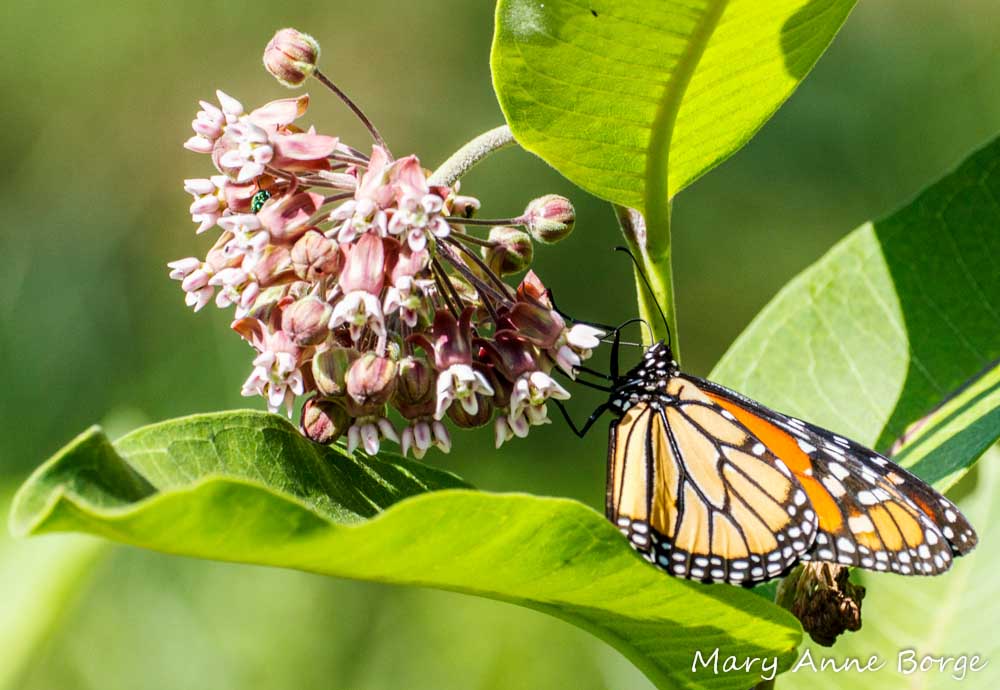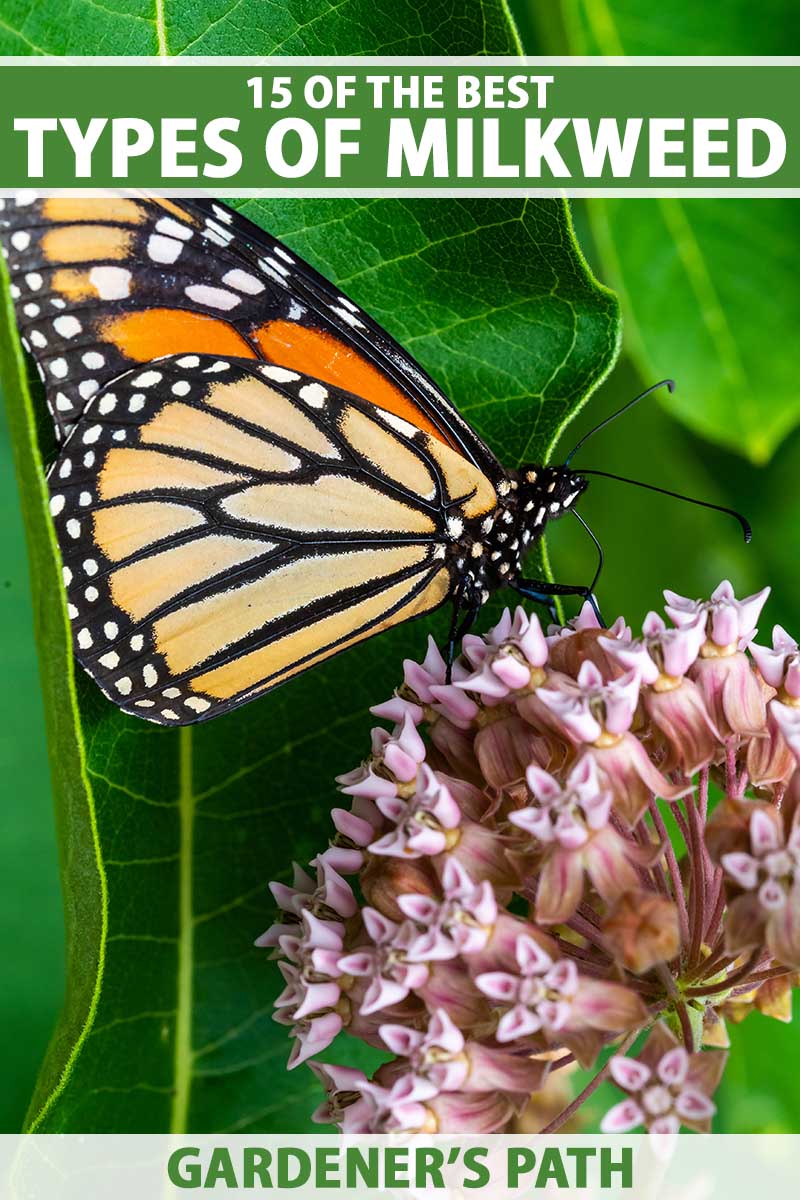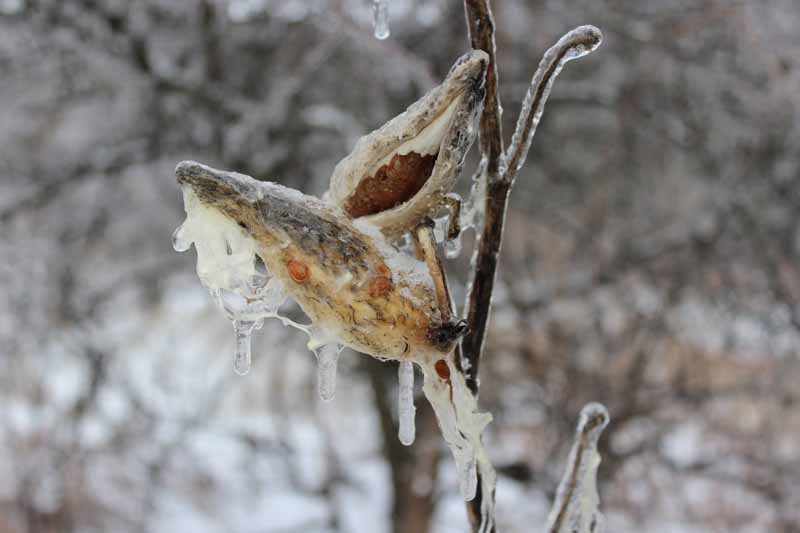How To Grow Common Milkweed For Monarch Butterflies
Monarch butterflies are in trouble. Their population has declined by 90% in the past 20 years, and they are now considered a threatened species. One of the biggest threats to monarch butterflies is the loss of their host plant, milkweed.
Milkweed is the only plant that monarch butterflies can lay their eggs on. The caterpillars that hatch from these eggs will only eat milkweed leaves. If there is no milkweed available, the caterpillars will die.
There are many different species of milkweed, but common milkweed (Asclepias syriaca) is one of the best for monarch butterflies. It is easy to grow and it is found in most parts of North America.
If you want to help monarch butterflies, you can plant common milkweed in your yard or garden. Here are some tips on how to grow common milkweed:
- Choose a sunny spot with well-drained soil.
- Plant the seeds in the fall or early spring.
- Space the seeds about 18 inches apart.
- Water the plants regularly, especially during the first year.
- Don't fertilize the plants.
- Once the plants are established, they will require very little care.
In addition to planting common milkweed, you can also help monarch butterflies by providing them with a water source and some nectar-rich flowers. A birdbath or a shallow dish of water will do the trick. And some good nectar-rich flowers to plant include:
- Coneflower
- Aster
- Goldenrod
- Sunflower
- Lantana
By planting common milkweed and other nectar-rich flowers, you can help monarch butterflies survive and thrive.
Common milkweed is a native wildflower that is important for monarch butterfly conservation. It is the only plant that monarch butterflies lay their eggs on, and the caterpillars only eat milkweed leaves. If you are interested in learning more about common milkweed, visit the Xerces Society website: https://www.xerces.org/milkweed-faq.
FAQ of common milkweed
Q: Why is it called milkweed?
A: Common milkweed gets its name from the milky sap contained in its leaves and stems. This sap is poisonous to most animals, but it is an important food source for monarch butterflies. Monarch caterpillars exclusively eat milkweed leaves, and the toxins in the sap help protect them from predators.
Q: What are the benefits of milkweed?
A: Common milkweed has many benefits. It is a host plant for monarch butterflies, which are important pollinators. Milkweed also attracts other insects and pollinators, such as bees, wasps, and hummingbirds. The flowers of common milkweed are fragrant and produce nectar, which is a source of food for these insects.
Q: How can I plant common milkweed?
A: Common milkweed is easy to plant. It can be grown from seed or propagated from cuttings. If you are planting from seed, sow the seeds in the spring in a well-drained location. The seeds will need to be exposed to light in order to germinate. If you are propagating from cuttings, take a 4-6 inch cutting from a healthy plant in the spring or fall. Plant the cutting in a pot of well-drained soil and keep the soil moist. The cutting should root in about 2-4 weeks.
Q: How do I care for common milkweed?
A: Common milkweed is a relatively low-maintenance plant. It prefers full sun but can tolerate partial shade. It is drought-tolerant once established, but it will benefit from regular watering during the first year of growth. Milkweed does not need to be fertilized, but you can add compost to the soil around the plant in the spring to help it thrive.
Q: How do I harvest common milkweed?
A: You can harvest common milkweed flowers for their nectar or seeds. To harvest the flowers, simply snip them off the plant with a pair of scissors. To harvest the seeds, wait until the pods have turned brown and dry. Then, you can shake the pods over a paper bag to collect the seeds.
Q: What are some common pests and diseases of common milkweed?
A: Common milkweed is susceptible to a few pests and diseases, including aphids, spider mites, and powdery mildew. Aphids can be controlled with insecticidal soap or neem oil. Spider mites can be controlled by washing the plant with a strong stream of water or using an insecticidal miticide. Powdery mildew can be prevented by watering the plant at the base and avoiding overhead watering.
Q: How can I help monarch butterflies?
A: One of the best ways to help monarch butterflies is to plant common milkweed in your garden. Monarch caterpillars exclusively eat milkweed leaves, so planting this plant will provide them with a food source. You can also create a butterfly garden by planting other nectar-rich plants, such as asters, coneflowers, and sunflowers.
Image of common milkweed
- Image 1: A close-up of a common milkweed flower. The flower is pink with five petals and a yellow center. There are also several small insects, such as bees and butterflies, visiting the flower.
- Image 2: A field of common milkweed plants in bloom. The plants are tall and have clusters of pink flowers. The leaves are green and lance-shaped.

- Image 3: A monarch butterfly feeding on a common milkweed flower. The butterfly is orange and black with a wingspan of about 4 inches. The flower is pink and has a yellow center.

- Image 4: A close-up of the seeds of a common milkweed plant. The seeds are small and brown with a tuft of white hairs. The hairs help the seeds to float in the wind and disperse to new locations.

- Image 5: A common milkweed plant with its roots exposed. The roots are thick and white. They help the plant to absorb water and nutrients from the soil.
- Image 6: A common milkweed plant in the fall. The leaves have turned yellow and brown. The flowers have faded and the seeds are starting to develop.

- Image 7: A common milkweed plant in winter. The leaves have fallen off and the plant is dormant. The roots are still alive and will help the plant to grow again in the spring.

- Image 8: A common milkweed plant in cultivation. The plant is growing in a garden. It is surrounded by other plants, such as daisies and sunflowers.
- Image 9: A common milkweed plant being used to make medicine. The plant is being boiled to extract the milky sap. The sap can be used to treat a variety of ailments, such as burns, cuts, and insect bites.

- Image 10: A common milkweed plant being used to attract butterflies. The plant is planted in a butterfly garden. The butterflies lay their eggs on the plant and the caterpillars feed on the leaves.

Post a Comment for "How To Grow Common Milkweed For Monarch Butterflies"